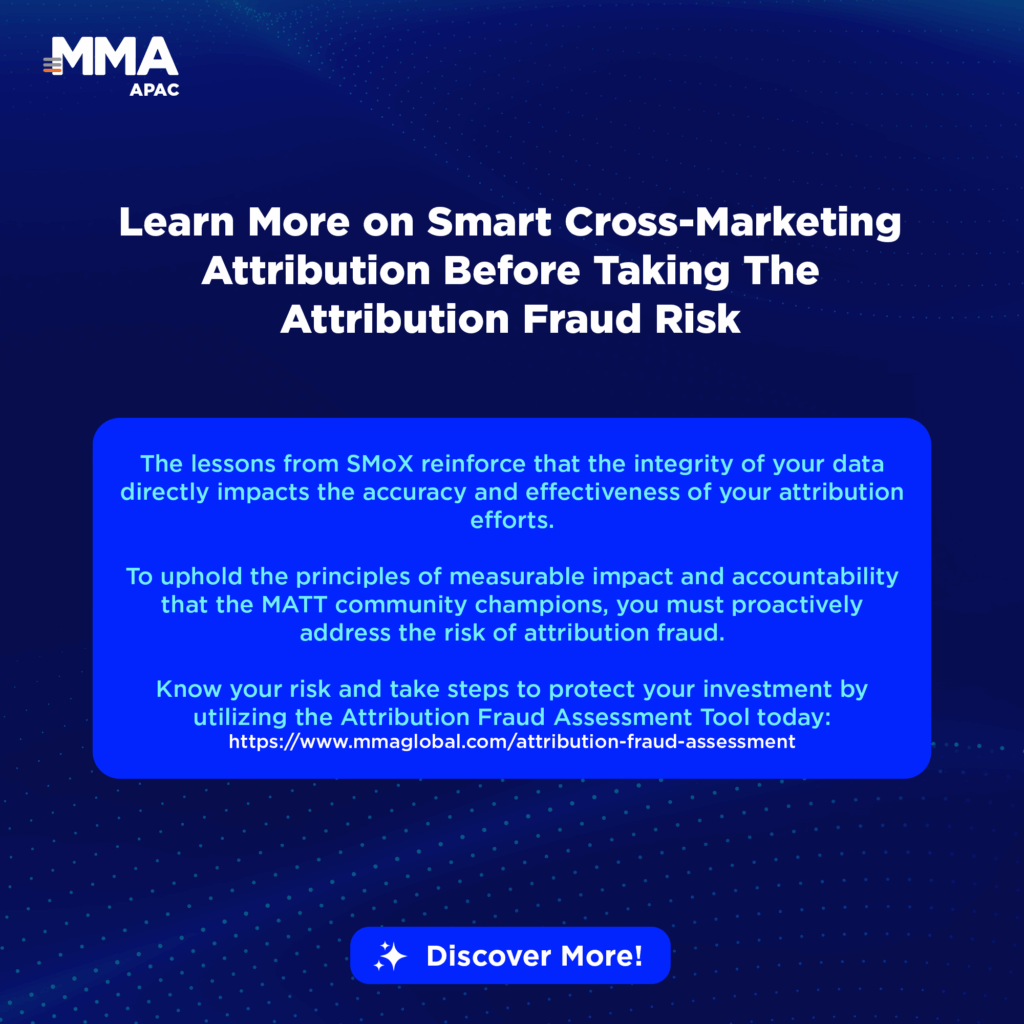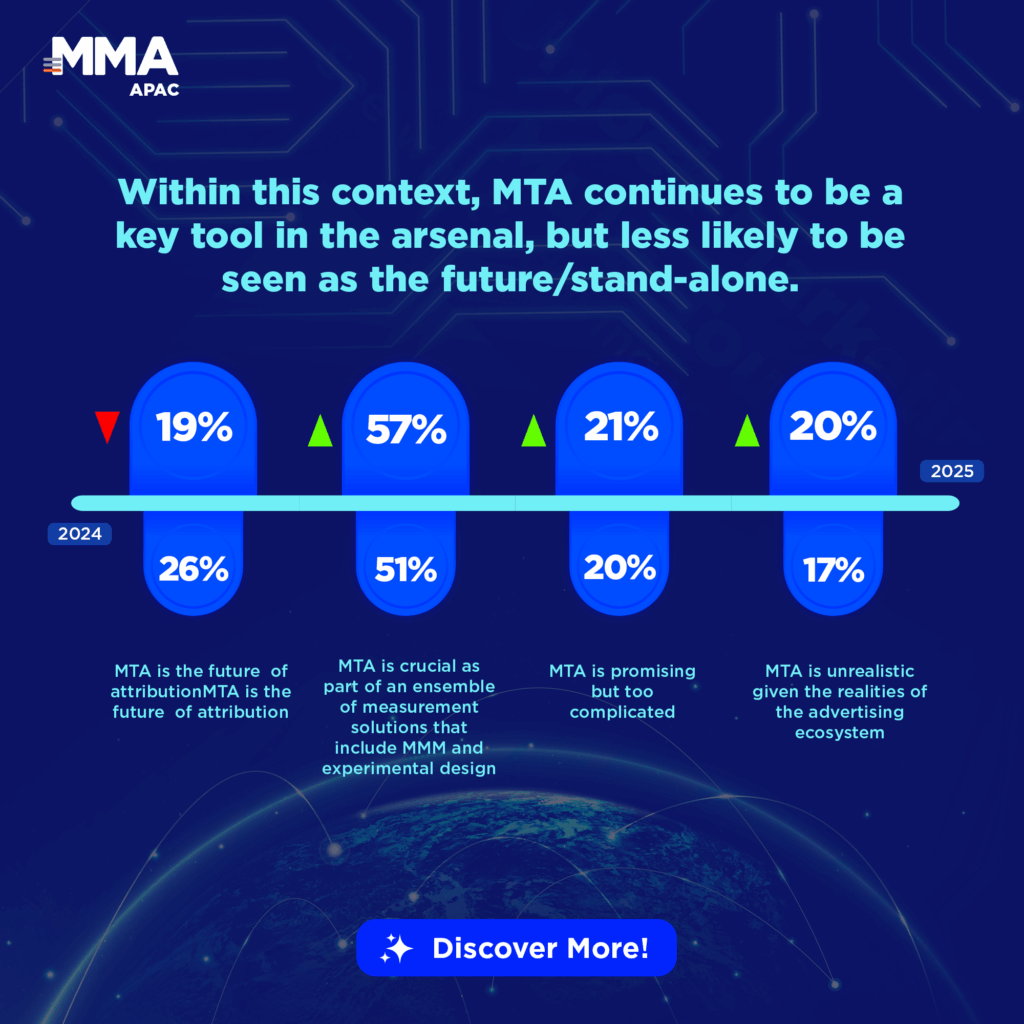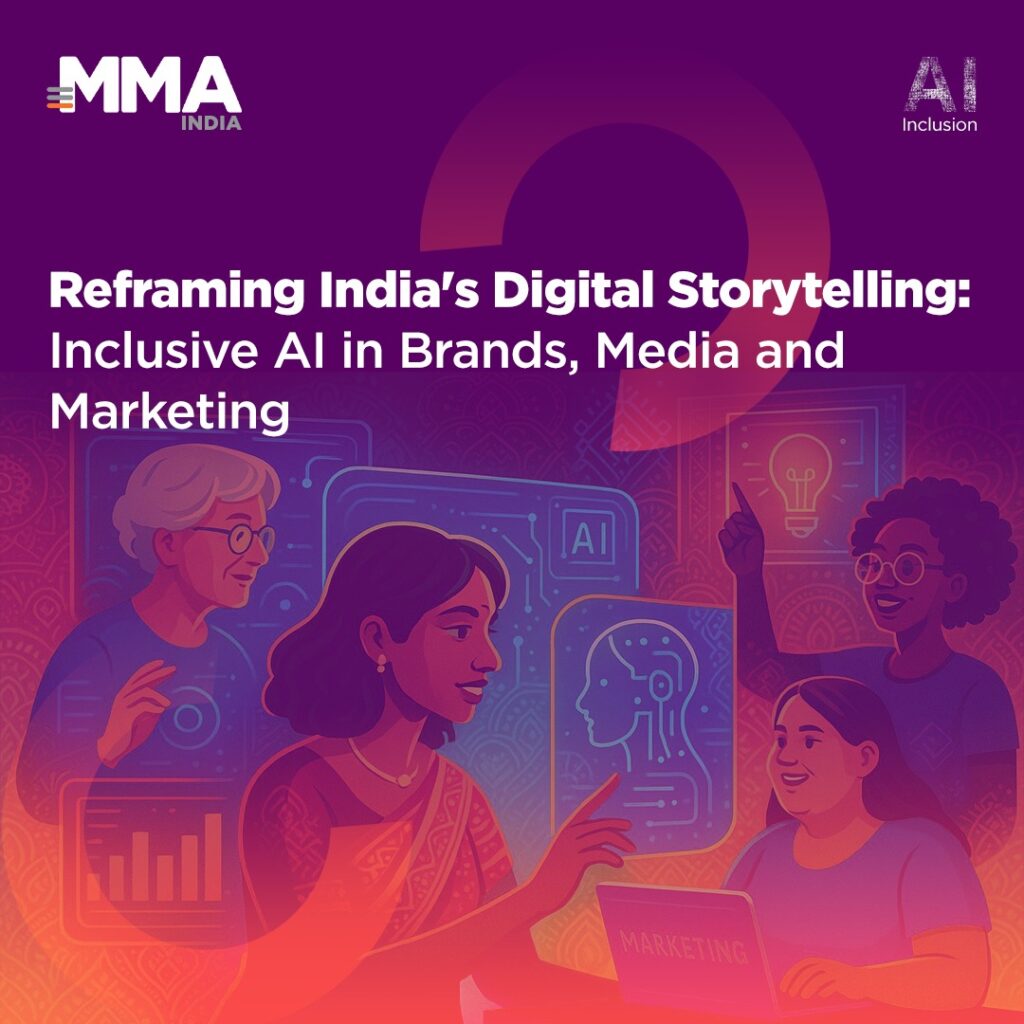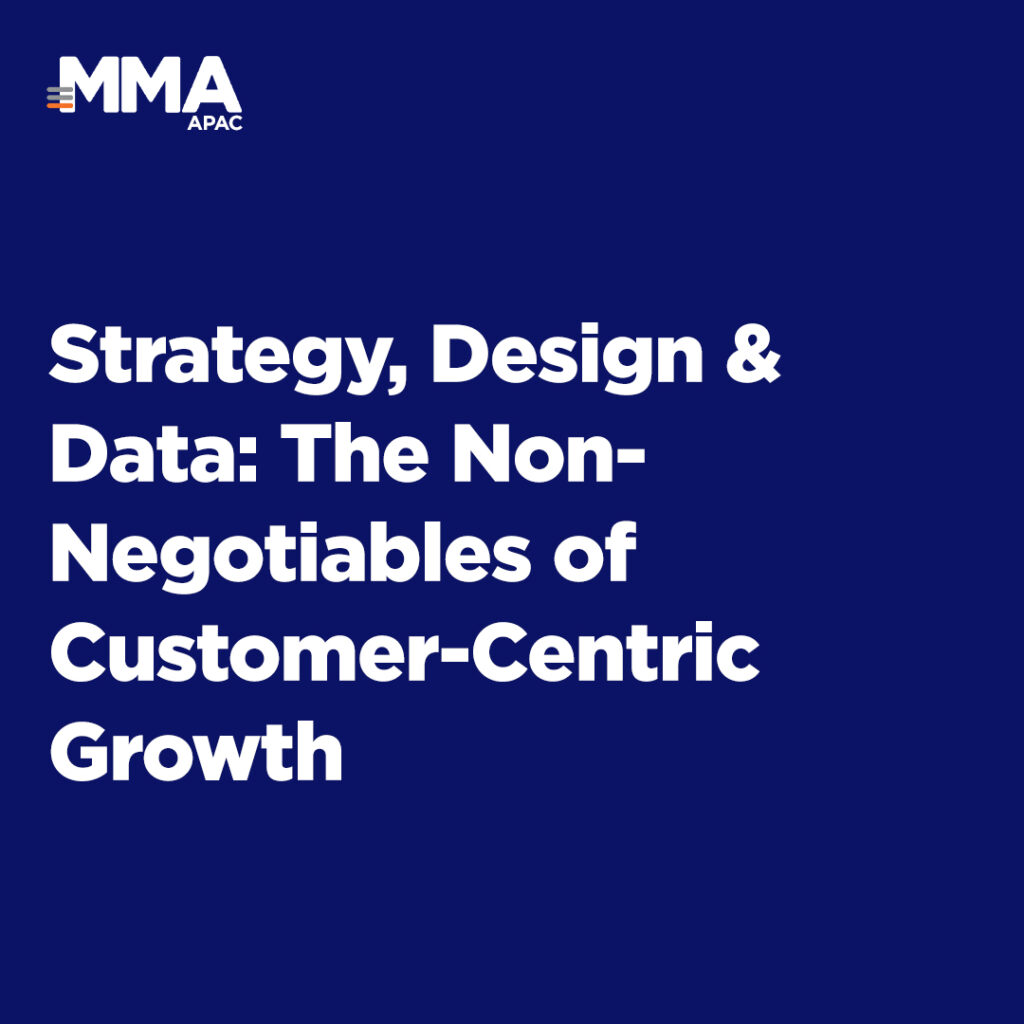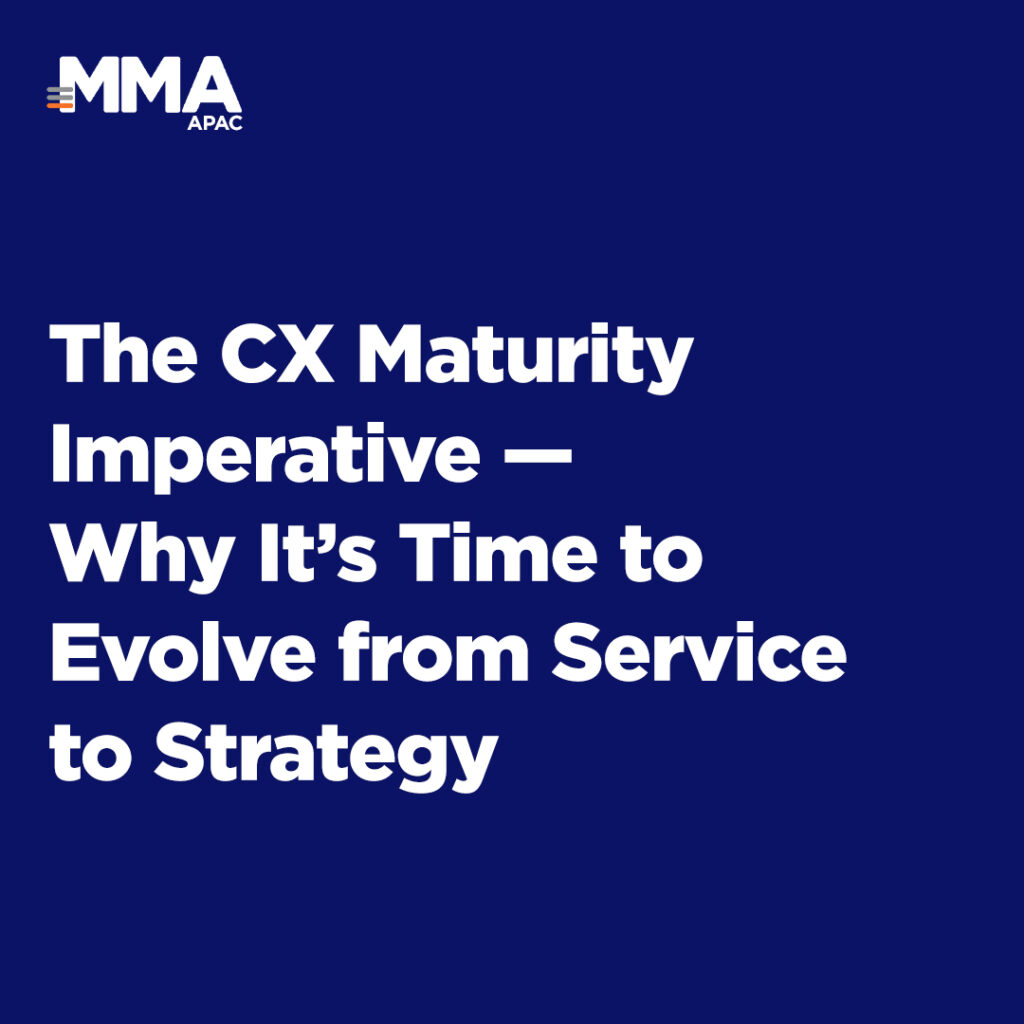
Marketing leaders today face a paradox: despite access to more technology, data, and tools than ever before, many organizations are still falling short in demonstrating clear business value. A core reason for this gap is that capabilities are often developed and deployed without a clear link to the value they are meant to deliver. The solution lies in capability mapping—a disciplined approach that aligns a marketing organization’s structure and investments with prioritized value creation goals.
The Complexity Trap in Modern Marketing
The marketing landscape has evolved into a complex ecosystem, requiring capabilities across data analytics, content development, customer experience, and advanced performance marketing. Yet, this complexity has created a “fog of marketing,” making it harder to see which investments truly drive results.
Research from MMA Global and MarCaps reveals that 80% of marketing managers are unsatisfied with marketing’s operating effectiveness, and only 10% of CFOs believe that marketing significantly impacts the business. One reason is that many organizations pursue capabilities based on industry trends or perceived competitive gaps without ensuring alignment with specific growth objectives or customer value drivers.
The Power of Capability Mapping
The MOSTT framework, in collaboration with MarCaps, addresses this gap by mapping capabilities directly to value creation. It identifies six sets of value:
- Customer Value: Exchange, Experience, Engagement.
- Company Value: Strategic, Operational, Knowledge.
It then links these to 90 well-defined marketing capabilities, providing a practical roadmap for leaders to determine which capabilities are critical for delivering on specific strategic objectives.
This disciplined approach requires leaders to:
- Choose the value(s) the organization wants to prioritize.
- Assess which capabilities are needed to deliver this value and their current development level.
- Design a capability agenda that prioritizes investment in skills, technology, and activities aligned with strategic goals.
Capability Alignment Drives Growth
The benefits of capability mapping are tangible. Research shows that organizations with a high market-capability fit achieve a 2.5x higher revenue growth rate compared to those with poor alignment. By ensuring that investments in new tools, talent, and processes are directly linked to prioritized value drivers, organizations avoid fragmented initiatives and create a cohesive, purpose-driven marketing engine.
This alignment also reduces organizational friction, as teams gain clarity on their roles and how their work contributes to measurable outcomes—a critical factor for performance and engagement.
GenAI as a Capability Example
Consider GenAI adoption. Many organizations approach it as a tool for automating tasks (use cases), such as content generation, without aligning it to clear business objectives. Applying a capability mapping approach, leaders would identify how GenAI can enhance a prioritized value area, such as reducing the time to market for localized campaigns or improving personalization to drive customer engagement.
This ensures GenAI is not just a technology experiment but an integrated capability that delivers measurable value, aligned with the organization’s growth strategy.
A Call to Marketing Leaders
In a challenging economic environment, marketing leaders cannot afford fragmented efforts or investments disconnected from business impact. Capability mapping offers a disciplined, evidence-based method to align marketing structure and investments with value creation goals, transforming marketing from a cost center into a demonstrable driver of growth.
As marketing complexity continues to increase, clarity becomes a competitive advantage. Leaders who embrace capability mapping will not only improve operational effectiveness but also build resilient, growth-focused organizations prepared to lead in the evolving marketing landscape.
Aligning capabilities with value is not an academic exercise. It is a practical imperative for marketing leaders committed to driving measurable impact in their organizations.















